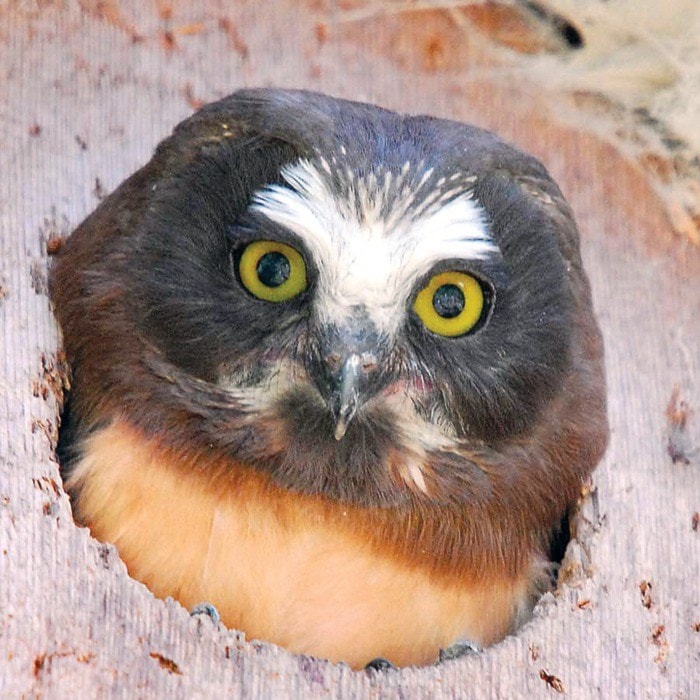Imagine building your house with only your mouth and your feet.
No easy task but one that millions of birds do on an annual basis.
Nest building is an instinctive talent that birds posses and it is remarkable how creative they can be. Some bird species build a new nest each year. Others, like raptors, will often reuse the same nest site for many years just carrying out yearly repairs.
Nests come in all shapes and sizes, many of which are constructed in trees. Other species prefer to choose unusual places and some don’t construct a nest at all merely scraping out a hollow on the ground. Shelter from the elements and safety from predators are required together with caring parents if the eggs and the young are to reach the fledgling stage.
One of the most common nest shapes is the “cup” which can be constructed in a variety of trees and shrubs and are usually anchored in the fork of two branches. These nests come in a variety of sizes and have unique adaptations depending on the bird. The diminutive hummingbirds will often build directly on to a branch. The nest is made of dried grasses which are wrapped in lichen and filled with soft feathers or cattail fluff, the outside is then wrapped again with spider’s webs. This finishing touch allows the nest to expand with the rapid growth of the baby birds. Not all birds use nests, the burrowing owl adopts an old gopher or prairie dog burrow, taking soft materials to a nest chamber at the end of the burrow. Kingfishers also use burrows that they excavate with their two fused front toes digging a tunnel and nest chamber into a river bank above the high water mark.
One of the most crucial habitats for nesting birds and other wildlife species are the old growth forests which provide the trees for the cavity dwellers. Forests that have old and decaying trees are critical for species such as small owls, songbirds like chickadees, nuthatches, wrens and sparrows and even a variety of ducks such as mergansers, wood ducks and the marbled murrelet.
Dead or decaying trees are often soft and hollow and allow pileated, hairy and downy woodpeckers together with northern flickers to excavate holes in the bark to access the insects that are their staple diet. The holes are enlarged to create cavities which may be used by the woodpeckers for one season or immediately abandoned.
These cavities provide the perfect nest sites for a variety of creatures particularly the small owls such as the saw whet, northern pygmy, western screech owls, and other creatures such as squirrels.
Over time trees become riddled with holes that cause the tree to rot and eventually die. This is a critical process as the decomposing tree feeds a multitude of insects that in turn are eaten by the birds. Finally the nutrients are recycled and returned to the forest floor allowing natural regeneration of the forest to take place.
Larger owls do not use cavities but they do use the snags that are left when the tree tops break off. Great grey owls, and great horned owls in particular use these trees for nesting.
Many bird species have adapted to building their nests in urban areas using abandoned building, caves, chimneys or even the concrete under a freeway overpass.
